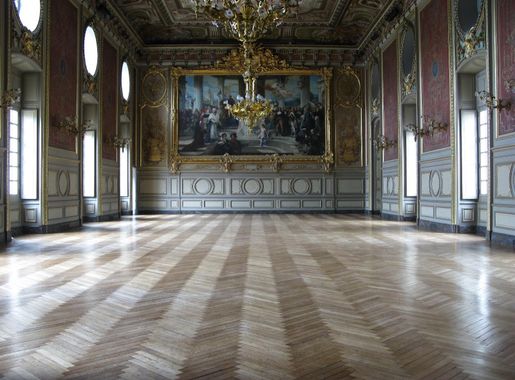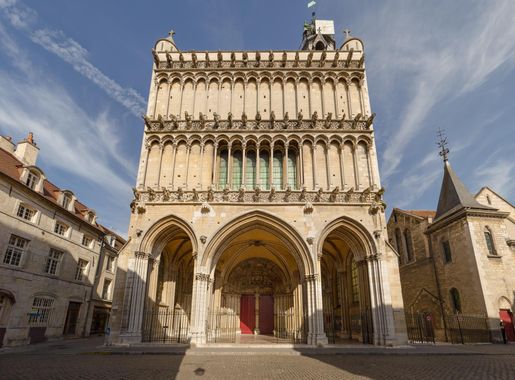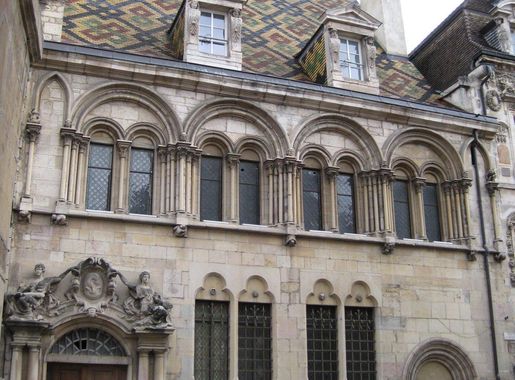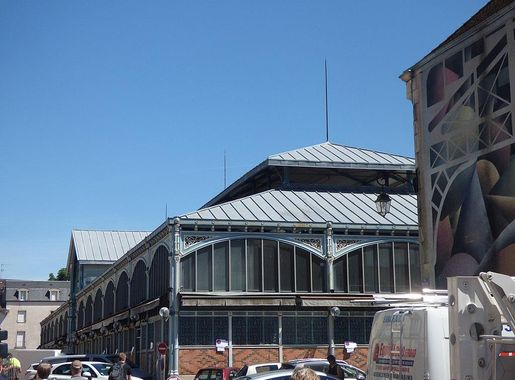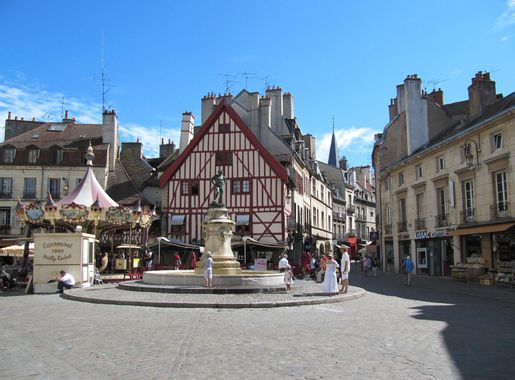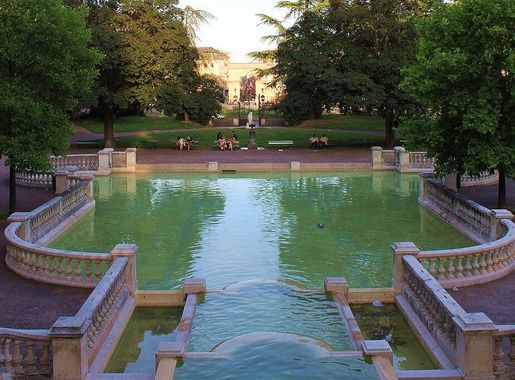
Centre-ville: The Heart of Dijon, France
Explore Centre-ville in Dijon, France - a charming neighborhood where history, culture, and gastronomy blend seamlessly in the heart of Burgundy.
Centre-ville in Dijon is a blend of rich history, vibrant culture, and exquisite architecture. As you wander through its cobblestone streets, you'll be transported back in time, surrounded by Renaissance and Gothic buildings that tell the story of this ancient city. The Place de la Libération, with its magnificent fountains, is a perfect spot to start your journey. Here, you can sit back, enjoy a coffee, and soak in the atmosphere. One of the main attractions is the Palais des Ducs, a stunning architectural marvel that houses the Musée des Beaux-Arts. This museum boasts a collection of European art spanning several centuries. Don't miss the Tour Philippe le Bon, where climbing to the top rewards you with panoramic views of the city. Another gem is the Église Notre-Dame, renowned for its intricate façade and the famous Jacquemart clock. Food lovers will relish the opportunity to explore the local cuisine. Dijon is famous for its mustard, and you can visit the Maille mustard shop to sample different varieties. The Les Halles market, designed by Gustave Eiffel, offers a fantastic array of fresh produce, cheeses, and meats. For a true taste of Burgundy, indulge in a meal at one of the many bistros and restaurants that serve classic dishes like coq au vin and escargots. Beyond the historical and culinary delights, Centre-ville hosts numerous festivals and events throughout the year. The International and Gastronomic Fair of Dijon is a highlight, drawing visitors from around the world. Whether you're a history buff, a foodie, or just looking to experience French culture at its finest, Centre-ville in Dijon has something to offer everyone.
Local tips in Centre-ville
- Visit early in the morning to avoid the crowds, especially at popular spots like the Palais des Ducs and Église Notre-Dame.
- Wear comfortable shoes as the cobblestone streets can be uneven and tiring for a long day of walking.
- Take advantage of guided tours to gain deeper insights into the history and significance of the landmarks.
- Try the local specialties at Les Halles market for an authentic culinary experience.
- Check the event calendar for local festivals and fairs to enhance your visit with unique cultural experiences.
Centre-ville: The Heart of Dijon, France
Centre-ville in Dijon is a blend of rich history, vibrant culture, and exquisite architecture. As you wander through its cobblestone streets, you'll be transported back in time, surrounded by Renaissance and Gothic buildings that tell the story of this ancient city. The Place de la Libération, with its magnificent fountains, is a perfect spot to start your journey. Here, you can sit back, enjoy a coffee, and soak in the atmosphere. One of the main attractions is the Palais des Ducs, a stunning architectural marvel that houses the Musée des Beaux-Arts. This museum boasts a collection of European art spanning several centuries. Don't miss the Tour Philippe le Bon, where climbing to the top rewards you with panoramic views of the city. Another gem is the Église Notre-Dame, renowned for its intricate façade and the famous Jacquemart clock. Food lovers will relish the opportunity to explore the local cuisine. Dijon is famous for its mustard, and you can visit the Maille mustard shop to sample different varieties. The Les Halles market, designed by Gustave Eiffel, offers a fantastic array of fresh produce, cheeses, and meats. For a true taste of Burgundy, indulge in a meal at one of the many bistros and restaurants that serve classic dishes like coq au vin and escargots. Beyond the historical and culinary delights, Centre-ville hosts numerous festivals and events throughout the year. The International and Gastronomic Fair of Dijon is a highlight, drawing visitors from around the world. Whether you're a history buff, a foodie, or just looking to experience French culture at its finest, Centre-ville in Dijon has something to offer everyone.
Iconic landmarks you can’t miss
Darcy Garden
Experience the tranquil beauty of Darcy Garden, a lush oasis in Dijon perfect for relaxation, picnics, and enjoying nature's splendor.
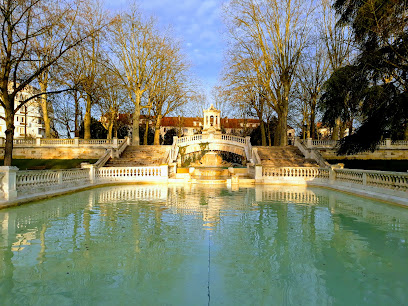
Cathédrale Saint-Bénigne de Dijon
Experience the grandeur of Cathédrale Saint-Bénigne de Dijon, a stunning Gothic masterpiece steeped in history and art in the heart of France.
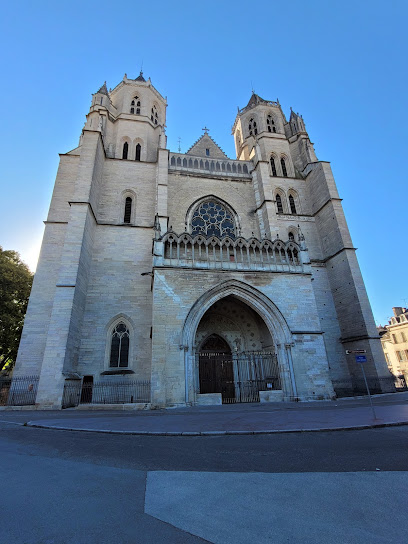
Liberation Square
Discover Liberation Square in Dijon, a historical plaza adorned with fountains and vibrant cafes, where history meets culture in a captivating atmosphere.
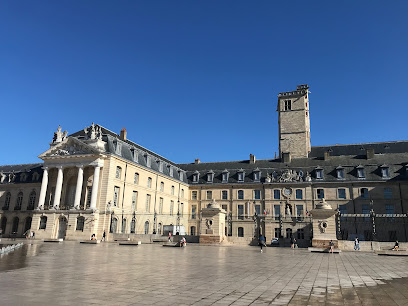
Palais des Ducs et des États de Bourgogne
Discover the rich history and stunning architecture of Palais des Ducs et des États de Bourgogne, a highlight of Dijon, France.

The Owl of Dijon
Experience the charm and history of Dijon through the captivating Owl, a symbol of luck and a gateway to the city's rich heritage.
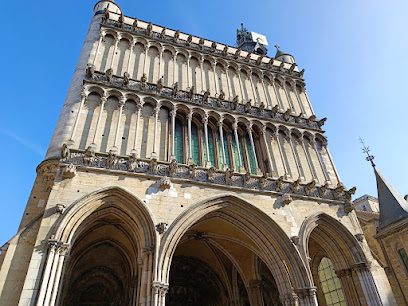
William Gate
Explore William Gate, a historic landmark in Dijon, France, showcasing stunning architecture and rich cultural heritage for an unforgettable travel experience.
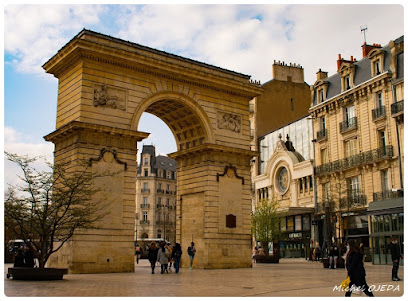
Tour Philippe le Bon
Discover breathtaking views and rich history at Tour Philippe le Bon, Dijon's iconic landmark showcasing stunning panoramas of the city and beyond.
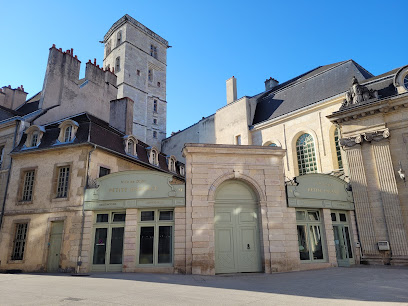
Place Grangier
Explore the captivating historical landmark of Place Grangier in Dijon, where stunning architecture meets vibrant local culture.
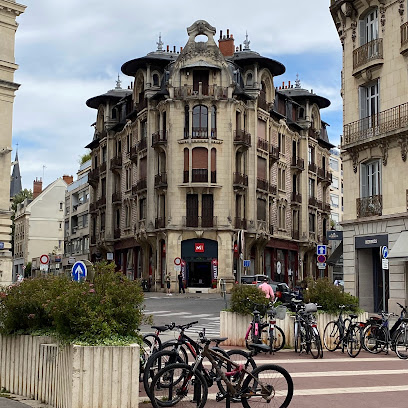
Monument Sadi Carnot
Discover the historical charm of Dijon at the Monument Sadi Carnot, a stunning tribute to France's first president amidst vibrant public spaces.
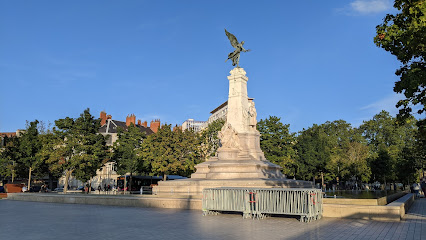
Saint Nicolas Tower of Dijon
Explore the historical grandeur of Saint Nicolas Tower in Dijon, a captivating landmark offering breathtaking views and rich heritage.

Unmissable attractions to see
Cathédrale Saint-Bénigne de Dijon
Discover the Gothic beauty and historical significance of Cathédrale Saint-Bénigne de Dijon, a must-see landmark in the heart of Dijon.
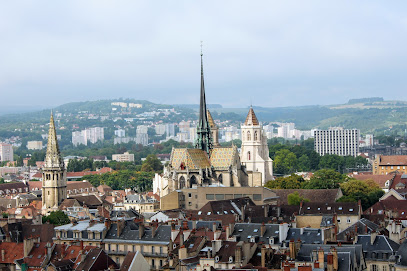
Musée Magnin
Explore the enchanting Musée Magnin, a national art museum in Dijon featuring exquisite European paintings and a captivating historical setting.
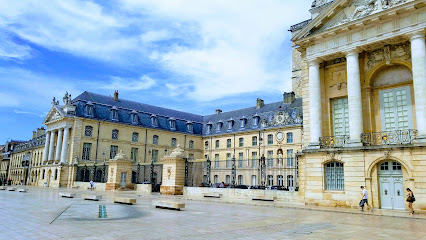
Essential places to dine
Les Fils à Maman Dijon
Experience authentic French cuisine with a modern twist at Les Fils à Maman Dijon—perfect for brunch or dinner in a vibrant setting.
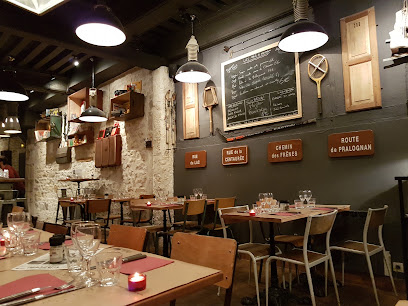
Loiseau des Ducs
Discover exquisite haute cuisine at Loiseau des Ducs in Dijon - where tradition meets innovation for a memorable dining experience.
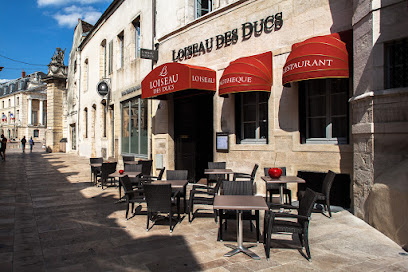
L'ARÔME
Experience modern French cuisine at L'ARÔME in Dijon, where seasonal ingredients meet culinary creativity for an unforgettable dining experience.

Pourquoi Pas?
Experience exquisite Haute French cuisine at Pourquoi Pas?, where seasonal ingredients meet artistic presentation in an elegant atmosphere.
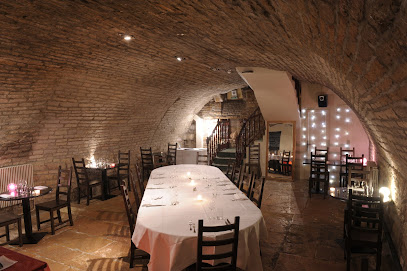
Le Piano Qui Fume
Savor exquisite French cuisine at Le Piano Qui Fume in Dijon – where seasonal flavors meet classic recipes in a charming setting.

Le Bouchon Du Palais
Savor authentic French cuisine at Le Bouchon Du Palais in Dijon - where culinary tradition meets cozy elegance.
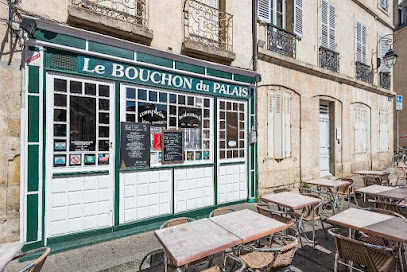
Parapluie
Experience the essence of French dining at Parapluie in Dijon—where exquisite flavors meet warm hospitality.
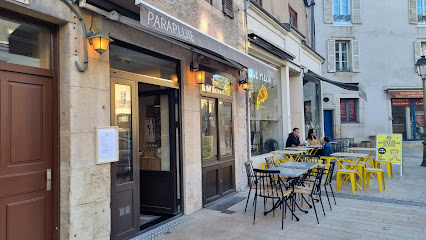
CIBO restaurant gastronomique à Dijon
Experience haute French cuisine at CIBO in Dijon - where culinary artistry meets local flavors for an unforgettable dining experience.
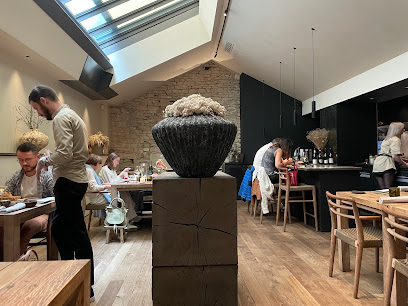
Restaurant Dijon L'évidence | Restaurant Bistronomique
Experience haute French cuisine at Restaurant Dijon L'évidence - where tradition meets innovation in every exquisite dish.
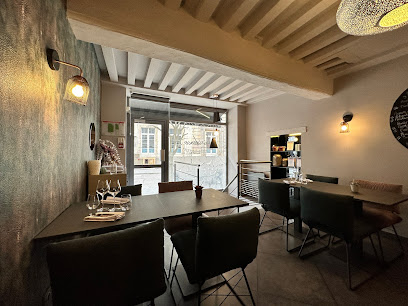
William Frachot
Savor exquisite haute French cuisine at William Frachot in Dijon - a culinary gem offering innovative dishes and an elegant atmosphere.
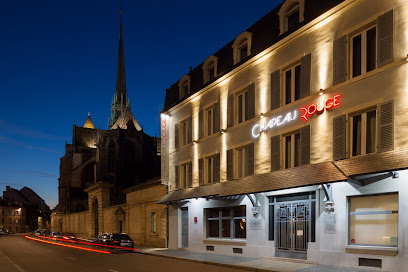
Markets, malls and hidden boutiques
Galeries Lafayette
Discover the elegance and variety of Galeries Lafayette, a premier shopping destination in Dijon featuring fashion, beauty, and unique lifestyle products.
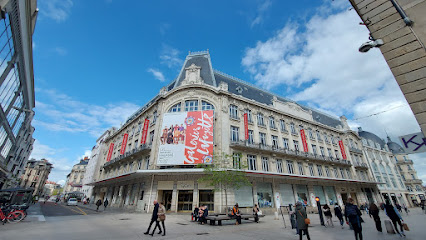
Maille Dijon mustard
Explore the rich heritage of French cuisine at Maille Dijon mustard, home to exquisite mustards and gourmet delicacies in the heart of Dijon.
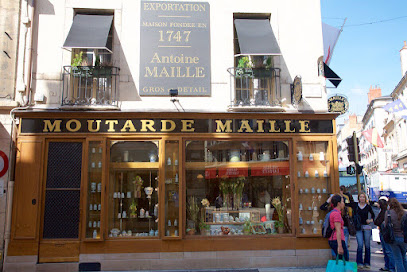
Nature and Discoveries
Explore Nature and Discoveries in Dijon - a unique gift shop offering eco-friendly products and artisanal crafts that celebrate the natural world.
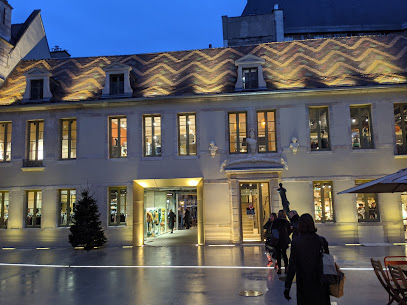
Flying Tiger Copenhagen Dijon
Explore the vibrant world of Flying Tiger Copenhagen in Dijon, where unique gifts and playful design meet in a delightful shopping experience.
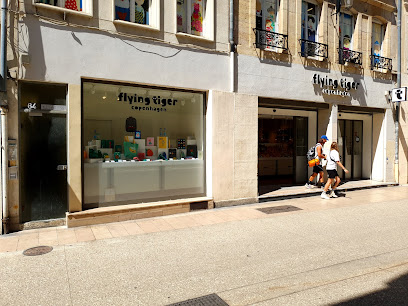
Jeannine Shop
Explore the charm of Jeannine Shop in Dijon, where unique gifts, local handicrafts, and a cozy café experience await every traveler.
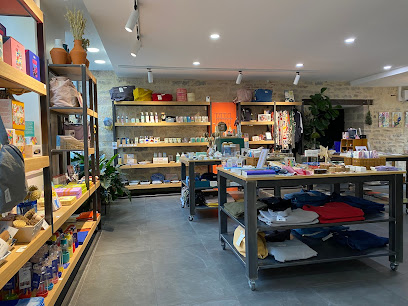
La Burgonde
Explore La Burgonde in Dijon for unique gifts and local treasures that embody the charm of Burgundy's rich heritage.

A dream life
Explore the enchanting world of 'A Dream Life' in Dijon, where unique gifts and local art come together to create unforgettable experiences.
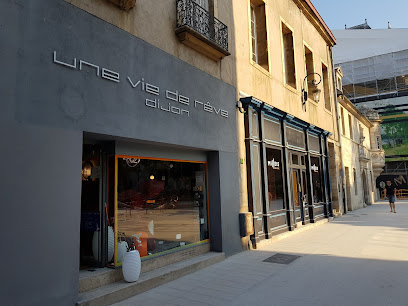
Envie d'Ailes
Discover the essence of contemporary French fashion at Envie d'Ailes, a stylish women's clothing store in the heart of Dijon, France.
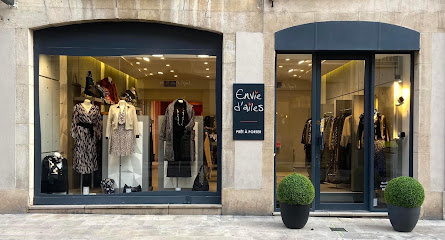
Mémoire d'un Mur
Discover unique gifts and local crafts at Mémoire d'un Mur, a charming shop in the heart of Dijon that embodies the city's creative spirit.
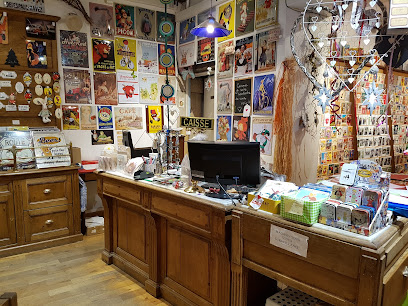
Crist-L Boutique Dijon
Explore Crist-L Boutique in Dijon for unique fashion and artisanal accessories that capture the spirit of French elegance and craftsmanship.
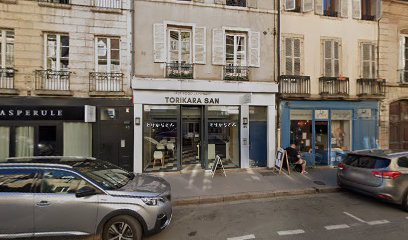
Essential bars & hidden hideouts
Au Bureau
Discover the heart of Dijon at Au Bureau, where delightful cuisine meets a vibrant atmosphere in a historic setting.
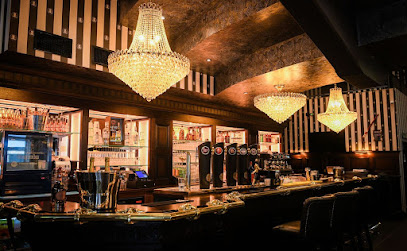
Pub Mac Callaghan
Discover the vibrant atmosphere and delicious offerings at Pub Mac Callaghan, a must-visit pub and cafe in the heart of Dijon, France.
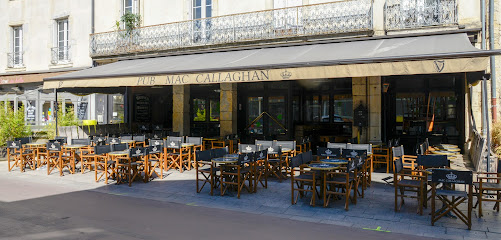
Trinidad
Experience the vibrant nightlife of Dijon at Trinidad, a lively bar offering a diverse drink menu and a welcoming atmosphere for all.
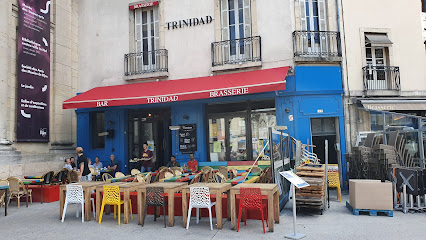
La Comédie
Experience the vibrant flavors of Dijon at La Comédie, a charming bar and brasserie offering authentic French cuisine and a lively atmosphere.
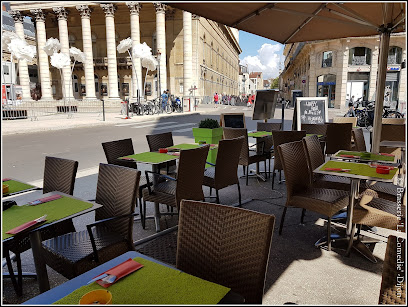
Les Berthom
Enjoy a lively atmosphere at Les Berthom, a must-visit bar in Dijon known for its exceptional craft beers and delicious bites.
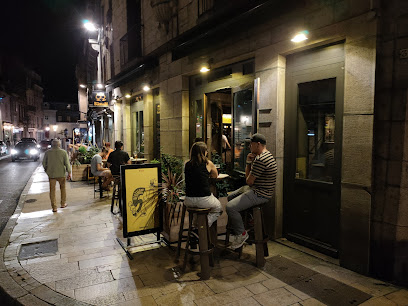
Le Cercle Rhumerie Jamaïque
Discover the vibrant nightlife of Dijon at Le Cercle Rhumerie Jamaïque, a premier bar and wine club with an exquisite rum selection.
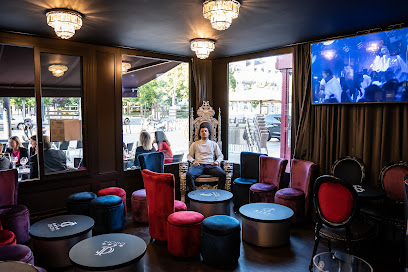
Barberousse Dijon
Discover the vibrant cocktail scene at Barberousse Dijon, where creativity meets the essence of Burgundy in every sip.
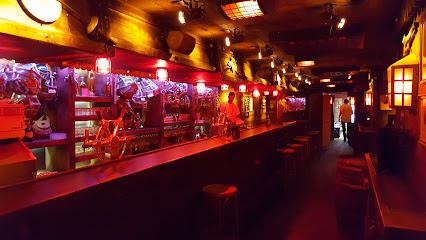
L'Happy Blues, café brasserie
Discover the charm of Dijon at L'Happy Blues, a cozy café brasserie offering delightful dishes and a welcoming atmosphere for every traveler.
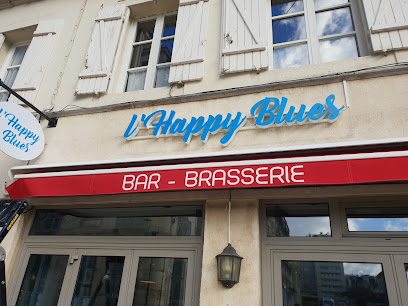
Le CRAZY
Savor the essence of French cuisine at Le CRAZY, a must-visit restaurant in the heart of Dijon.

Bar Lounge M21
Experience the vibrant charm of Bar Lounge M21 in Dijon, where exquisite wines and delightful cuisine create unforgettable moments.
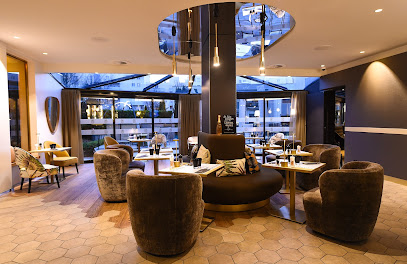
Local Phrases
-
- HelloBonjour
[bon-zhoor] - GoodbyeAu revoir
[oh ruh-vwahr] - YesOui
[wee] - NoNon
[noh] - Please/You're welcomeS'il vous plaît/De rien
[seel voo pleh/duh ryen] - Thank youMerci
[mehr-see] - Excuse me/SorryExcusez-moi/Désolé
[ex-kew-zay mwa/day-zo-lay] - How are you?Comment allez-vous?
[koh-mohn tah-lay voo] - Fine. And you?Bien. Et vous?
[byen. ay voo] - Do you speak English?Parlez-vous anglais?
[par-lay voo ahn-glay] - I don't understandJe ne comprends pas
[zhuh nuh kohn-prahn pah]
- HelloBonjour
-
- I'd like to see the menu, pleaseJe voudrais voir la carte, s'il vous plaît
[zhuh voo-dray vwar lah kart, seel voo pleh] - I don't eat meatJe ne mange pas de viande
[zhuh nuh mahnj pah duh vee-ahnd] - Cheers!Santé!
[sahn-tay] - I would like to pay, pleaseJe voudrais payer, s'il vous plaît
[zhuh voo-dray pay-ay, seel voo pleh]
- I'd like to see the menu, pleaseJe voudrais voir la carte, s'il vous plaît
-
- Help!Au secours!
[oh seh-koor] - Go away!Allez-vous en!
[ah-lay voo ahn] - Call the Police!Appelez la police!
[ah-peh-lay lah poh-leece] - Call a doctor!Appelez un médecin!
[ah-peh-lay uh may-duh-sahn] - I'm lostJe suis perdu
[zhuh swee pair-doo] - I'm illJe suis malade
[zhuh swee mah-lahd]
- Help!Au secours!
-
- I'd like to buy...Je voudrais acheter...
[zhuh voo-dray ah-shet-ay] - I'm just lookingJe regarde simplement
[zhuh ruh-gahrd sohng-pluh-mahn] - How much is it?Combien ça coûte?
[kohm-byen sah koot] - That's too expensiveC'est trop cher
[say troh shair] - Can you lower the price?Pouvez-vous baisser le prix?
[poo-vay voo bay-say luh pree]
- I'd like to buy...Je voudrais acheter...
-
- What time is it?Quelle heure est-il?
[kell uhr ay-teel] - It's one o'clockIl est une heure
[eel ay tun uhr] - Half past (10)Dix et demi
[dees ay duh-mee] - MorningMatin
[mah-tahn] - AfternoonAprès-midi
[ah-pray-mee-dee] - EveningSoir
[swahr] - YesterdayHier
[yehr] - TodayAujourd'hui
[oh-zhoor-dwee] - TomorrowDemain
[duh-mahn] - 1Un
[uhn] - 2Deux
[duh] - 3Trois
[twah] - 4Quatre
[kah-truh] - 5Cinq
[sank] - 6Six
[sees] - 7Sept
[sept] - 8Huit
[wheet] - 9Neuf
[nuff] - 10Dix
[dees]
- What time is it?Quelle heure est-il?
-
- Where's a/the...?Où est un/le...?
[oo ay uh/luh] - What's the address?Quelle est l'adresse?
[kell ay lad-res] - Can you show me (on the map)?Pouvez-vous me montrer (sur la carte)?
[poo-vay voo muh mohn-tray (soor lah kart)] - When's the next (bus)?Quand est le prochain (bus)?
[kahn ay luh proh-shahn (boos)] - A ticket (to ....)Un billet (pour ...)
[uhn bee-yay (poor)]
- Where's a/the...?Où est un/le...?
History of Centre-ville
-
Dijon's Centre-ville is rooted in its ancient origins as a Roman settlement known as Divio, established around the 1st century BC. The grid layout of the streets and the remains of the Roman road linking it to other cities reflect the importance of Dijon during the Roman Empire. The area was a hub for trade and administration, with significant structures including a forum and temples.
-
In the late Middle Ages, Dijon became the capital of the powerful Duchy of Burgundy. From the 14th to the 16th centuries, Centre-ville flourished as a center of art, culture, and politics. The construction of the Palais des Ducs de Bourgogne (Palace of the Dukes of Burgundy) established the area as a symbol of Burgundian power and wealth, showcasing stunning Gothic and Renaissance architecture.
-
During the Renaissance, Dijon experienced a cultural golden age, with the Centre-ville becoming a melting pot of artistic and intellectual activity. The establishment of the University of Burgundy in 1722 further solidified the area’s reputation as a center for learning. This period saw the construction of magnificent buildings such as the Église Notre-Dame, known for its intricate architectural details and the famous owl statue that has become a symbol of the city.
-
The French Revolution in the late 18th century brought significant changes to Dijon, including the dismantling of the feudal system and the reorganization of administrative boundaries. Centre-ville witnessed the transformation of noble residences into public buildings. The Hôtel de Ville (Town Hall) was repurposed to serve the new republican government, marking a shift in the social and political landscape of the area.
-
The 19th century brought industrial growth to Dijon, impacting Centre-ville with new transportation links and economic opportunities. The construction of railways facilitated trade and movement, leading to urban expansion. While the core historical buildings remained intact, the surrounding areas transformed with industrial facilities, reflecting the city’s adaptation to modernity while preserving its historical significance.
-
During World War II, Dijon was occupied by German forces, and Centre-ville suffered damage from air raids. Post-war reconstruction efforts focused on restoring the historical integrity of the area. The revitalization projects in the 1950s and 1960s aimed to balance modern urban needs with the preservation of historical architecture, leading to the establishment of pedestrian zones and the revitalization of public spaces.
-
Today, Centre-ville serves as the cultural heart of Dijon, showcasing its rich history through museums, galleries, and festivals. The area is home to the Musée des Beaux-Arts, featuring a vast collection of art from various periods, and hosts annual events like the International Gastronomy Fair, celebrating the region's culinary heritage. The blend of historical sites and contemporary culture continues to draw visitors to this vibrant neighborhood.
Centre-ville Essentials
-
Centre-ville is easily accessible from other neighbourhoods in Dijon. The main train station, Gare de Dijon-Ville, is located just a short walk from the heart of Centre-ville. Local buses operated by Divia connect various neighbourhoods, with multiple lines stopping in the city centre. Taxis and ride-sharing services are also available for convenience. Visitors can also reach Centre-ville by bicycle, utilizing the city's bike-sharing program, Velodi, which offers convenient rental stations throughout the area.
-
Centre-ville is compact and pedestrian-friendly, making it easy to explore on foot. Public transport includes trams and buses operated by Divia, which provide efficient connections within the city. Bicycles can be rented through the Velodi system, allowing visitors to navigate the area at their own pace. For those preferring a quicker transit option, taxis and ride-sharing services are widely available.
-
Centre-ville is generally safe for tourists, but it's advisable to exercise standard precautions. While violent crime is rare, petty theft can occur in crowded areas, particularly around popular tourist sites. Areas to be cautious of include the outskirts of the city centre after dark. Always keep an eye on personal belongings and avoid displaying valuables openly.
-
In case of emergency, dial 112 for police, fire, or medical assistance. Local hospitals and medical facilities are equipped to handle emergencies, and pharmacies are available throughout the neighbourhood. It's advisable to have travel insurance that covers medical emergencies. For non-urgent health issues, pharmacies can provide over-the-counter medications.
-
Fashion: Do dress appropriately for the occasion, especially when visiting religious sites. Don't wear overly casual or revealing clothing in formal settings. Religion: Do respect local customs and traditions. When entering churches, cover your shoulders and knees. Public Transport: Do be considerate of others and offer your seat to elderly passengers. Don't eat or drink on public transport. Greetings: Do greet locals with a friendly 'Bonjour' and a smile. Don't forget to use polite phrases like 'S'il vous plaît' (please) and 'Merci' (thank you). Eating & Drinking: Do try local specialties like mustard and wine. Don't refuse food or drink when offered, as it may be considered impolite.
-
To experience Centre-ville like a local, start your day with a coffee at one of the charming cafés in Place de la Libération. Stroll through the market at Les Halles, especially on Saturday mornings, to taste fresh produce and local delicacies. Engage with local artisans in the nearby boutiques, and don’t hesitate to ask for recommendations. Try to learn a few basic French phrases; locals appreciate the effort. Lastly, explore the city’s hidden gems like the tranquil Parc de la Colombière for a peaceful escape from the bustling streets.
Nearby Cities to Centre-ville
-
Things To Do in Geneva
-
Things To Do in Lausanne
-
Things To Do in Vevey
-
Things To Do in Montreux
-
Things To Do in Lyon
-
Things To Do in Nancy
-
Things To Do in Annecy
-
Things To Do in Bern
-
Things To Do in Colmar
-
Things To Do in Basel
-
Things To Do in Thun
-
Things To Do in Freiburg
-
Things To Do in Interlaken
-
Things To Do in Reims
-
Things To Do in Murren

